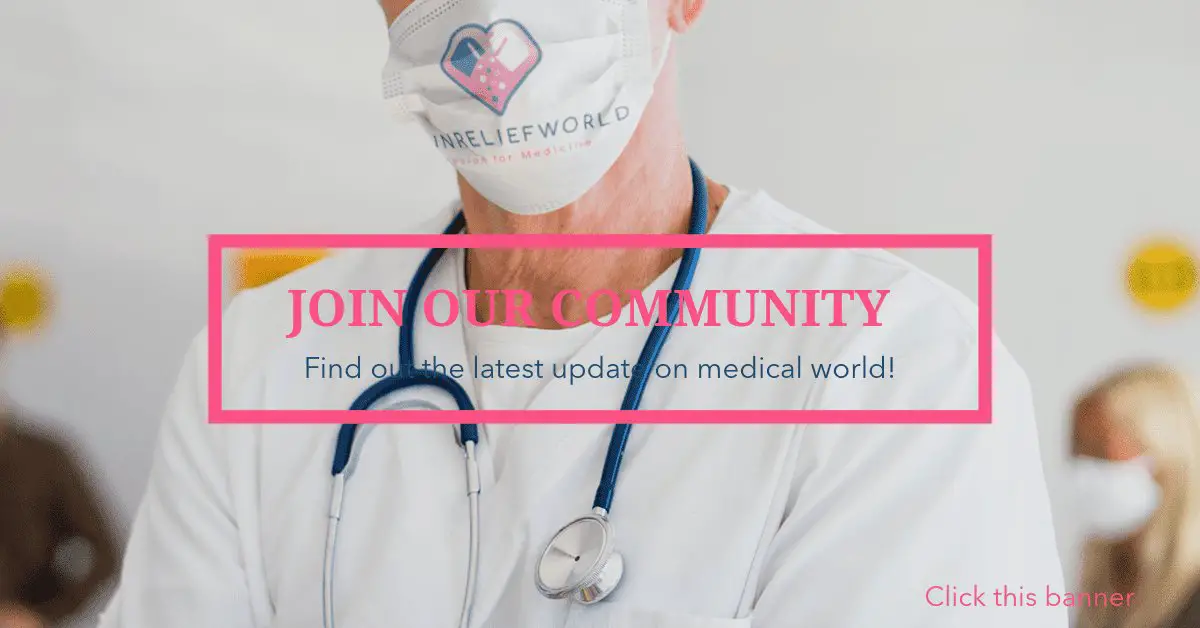Biosimilars vs biologics – Imagine a world where medical treatments are like designer clothes. You have the original, high-end biologics that come with a hefty price tag, and then you have the affordable knock-offs known as biosimilars.
Just like fashionistas debate over the value of branded items versus their cheaper imitations, the healthcare industry is engaged in a similar discussion when it comes to biologics and biosimilars. These two terms may sound foreign to you, but they play a significant role in revolutionizing healthcare by offering effective treatment options for various diseases and conditions.
Biologics have taken the medical world by storm with their ability to treat complex conditions such as cancer, autoimmune disorders, and diabetes. They are large molecules derived from living organisms and are produced through highly intricate processes involving genetic engineering techniques. Biologics work by targeting specific proteins or cells in the body to either enhance or suppress their activity, ultimately resulting in therapeutic benefits for patients. This breakthrough technology has transformed the way we approach disease treatment, offering hope where there was once limited options.
However, with great advancements come great costs. The production process for biologics is not only complex but also expensive. As a result, these medications often come with sky-high price tags that make them inaccessible to many patients who could benefit from them.
This is where biosimilars enter the picture – they are essentially copies of biologic drugs that have already received regulatory approval based on demonstrating similarity to an existing reference product. Biosimilars offer a more affordable alternative without compromising on safety or efficacy.
With biosimilars gaining traction in recent years, it’s crucial to understand how they compare to their originator counterparts and what considerations need to be made when choosing between the two options for optimal patient care.
Understanding Biologics: How They Revolutionized Healthcare

Biologics have completely transformed healthcare, revolutionizing the way diseases are treated and managed. These complex molecules, derived from living organisms, have had a profound impact on patient outcomes by targeting specific disease pathways and offering personalized treatment options.
Unlike traditional small molecule drugs, biologics are large and intricate, making them highly effective in addressing complex diseases such as cancer, autoimmune disorders, and chronic inflammatory conditions.
One of the key reasons why biologics have revolutionized healthcare is their ability to target specific disease pathways with precision. By understanding the underlying mechanisms of various diseases at a molecular level, scientists have been able to develop biologics that specifically target these pathways. This targeted approach allows for more effective treatment outcomes with reduced side effects compared to traditional therapies. For example, monoclonal antibodies can be designed to bind to specific proteins involved in the growth of cancer cells or the inflammation process in autoimmune disorders.
The impact of biologics on patient outcomes cannot be overstated. These innovative therapies have transformed once life-threatening conditions into manageable chronic illnesses. Patients who were previously faced with limited treatment options now have access to highly effective medications that can significantly improve their quality of life. Biologics not only help control symptoms but also slow down disease progression and prevent long-term complications.
As we delve into the importance of biosimilars as affordable treatment options, it is crucial to recognize how biologics have laid the foundation for personalized medicine and advanced healthcare practices. The development of biologic therapies has paved the way for further innovations in drug discovery and targeted treatments.
With this understanding in mind, let’s explore how biosimilars offer hope for increased accessibility without compromising safety or efficacy.
The Importance of Biosimilars: Affordable Treatment Options

One of the key advantages of biosimilars is that they offer patients a more affordable option for treatment. The affordability impact of biosimilars can’t be overstated, as these medications can significantly reduce healthcare costs for individuals and society as a whole.
By providing a less expensive alternative to biologics, biosimilars help make vital treatments accessible to a wider population.
The introduction of biosimilars into the market also encourages competition among pharmaceutical companies. This increased market competition further drives down prices, benefiting patients who may have previously struggled to afford their necessary medications.
As more manufacturers develop and produce biosimilars, the cost of these drugs continues to decrease, making them an attractive choice for both patients and healthcare providers.
The importance of biosimilars lies in their ability to provide affordable treatment options for patients. Their impact on affordability and market competition can’t be underestimated.
With increasing availability and decreasing costs, biosimilars are becoming an increasingly attractive alternative to biologics.
Transitioning into the subsequent section about ‘comparing biologics and biosimilars: key differences and considerations,’ it’s important to understand how these two types of medications differ in terms of efficacy, safety, and regulatory approval processes.
Comparing Biologics and Biosimilars: Key Differences and Considerations

An important aspect to consider when comparing biologics and biosimilars is how these medications differ in terms of efficacy, safety, and regulatory approval processes.
While both biologics and biosimilars are derived from living organisms, there are key differences between the two. Biologics are complex molecules produced by living cells, while biosimilars are highly similar versions of already approved biologic medicines. Due to their complexity, biologics may have a higher potential for variability compared to small molecule drugs, which can impact their efficacy and safety profiles.
In terms of regulatory requirements, the approval process for biosimilars differs from that of biologics. Biosimilars must demonstrate a high degree of similarity to the reference biologic through comprehensive analytical testing and clinical studies. However, they do not need to undergo the same extensive clinical trials as the reference product did during its initial approval process. Instead, biosimilar manufacturers rely on data obtained from the reference product’s clinical trials to support their own applications. This streamlined process allows for faster access to affordable treatment options while ensuring robust scientific evaluation.
It is important for healthcare professionals and patients to understand these differences when considering treatment options. While biosimilars offer cost-effective alternatives to expensive biologic medicines, it’s crucial that they meet rigorous regulatory standards for safety and efficacy. By adhering to these standards, biosimilars provide healthcare providers with additional tools in their arsenal for managing various diseases while maintaining patient safety as a top priority.
Frequently Asked Questions
Are biosimilars and biologics the same thing?
Biosimilars and biologics are not the same thing. Biosimilars are similar to but not identical to biologics, while generics are exact copies of brand-name drugs. Biosimilars often cost less than biologics, making them an attractive alternative.
How are biosimilars developed and approved?
Biosimilars are developed through a rigorous process that involves comparing them to an already approved biologic. They undergo extensive testing and clinical trials to ensure safety, efficacy, and similarity before seeking regulatory approval.
Are biosimilars as effective as biologics?
Biosimilars have shown comparable efficacy to biologics, with studies demonstrating similar clinical outcomes. Patients may prefer biosimilars due to cost-effectiveness and increased accessibility, leading to their acceptance in the healthcare community.
Can biosimilars be used interchangeably with biologics?
Using biosimilars instead of biologics can save you money, but they may not be interchangeable. Physicans and patients are accepting biosimilars due to their cost-effectiveness, but cautious about potential differences in efficacy and safety.
Are there any risks or side effects associated with using biosimilars?
There are potential risks and safety concerns associated with using biosimilars. These include the possibility of adverse reactions, immunogenicity, and differences in efficacy compared to the reference biologic.
Biosimilars Vs Biologics
In conclusion, the development of biologics has greatly transformed healthcare by providing innovative and effective treatment options for patients with various diseases. These complex molecules have revolutionized the way we approach medical conditions, offering hope to those who were previously left without viable treatment options.
With their ability to target specific disease pathways, biologics have significantly improved patient outcomes and quality of life.
However, the high cost of biologics has posed a significant barrier to access for many patients. This is where biosimilars come into play as they offer a more affordable alternative to these expensive biologic drugs. By providing comparable efficacy and safety profiles, biosimilars have the potential to increase accessibility to life-saving treatments for a larger population.
As we continue to navigate the landscape of biologics and biosimilars, it is crucial to understand the key differences and considerations between these two types of medications. While biosimilars offer cost-effective options, it is essential to ensure stringent regulatory standards are followed during their development and manufacturing processes.
In this era of precision medicine, where tailoring treatments to individual patients is becoming increasingly important, both biologics and biosimilars have their place in our healthcare system. The availability of different treatment options allows healthcare providers to choose what best suits each patient’s unique needs.
So ask yourself: Are we doing enough as a society to make sure that everyone can access these vital therapies? The answer lies in continuing research, collaboration among stakeholders, and policy changes that prioritize affordability without compromising quality or safety. By striving towards this goal, we can truly maximize the potential benefits that biologics and biosimilars bring in transforming healthcare for all individuals in need.

Stephanie Ansel is a well-known writer and journalist known for her unique and captivating writing style. She has written many articles and books on important topics such as the lifestyle, environment, hobbies, and technology and has been published in some of the biggest newspapers and magazines. Stephanie is also a friendly and approachable person who loves to talk to people and learn about their stories. Her writing is easy to read and understand, filled with lots of details and information, and is perfect for both kids and adults who want to learn about important topics in an interesting way.



